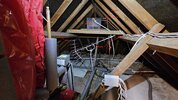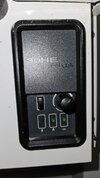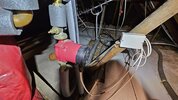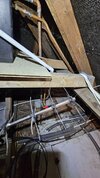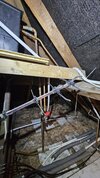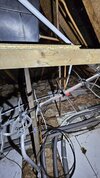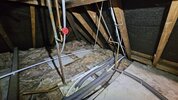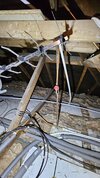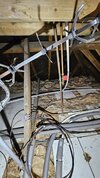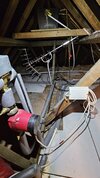Looks like something is blocking the flow when in HW only and actually when in the loft doing the manual spindle switch to HW only (programmer on HW only too) I observed the gurgling and pipe wobble until I bled the vent by the coil. It was 14W that went up to 16W after bleeding.
Could the HW circuit be blocked somehow by sludge or air is getting in somehow as I need to bleed it. When I did the retest of HW only with the actuator head on I did not see this 14W pump operation as it was 18W.
Could the HW circuit be blocked somehow by sludge or air is getting in somehow as I need to bleed it. When I did the retest of HW only with the actuator head on I did not see this 14W pump operation as it was 18W.


